History through art lens
Updated: 2015-03-21 23:21
By Frank Chen, Maya Liu for China Daily(China Daily Canada)
|
||||||||
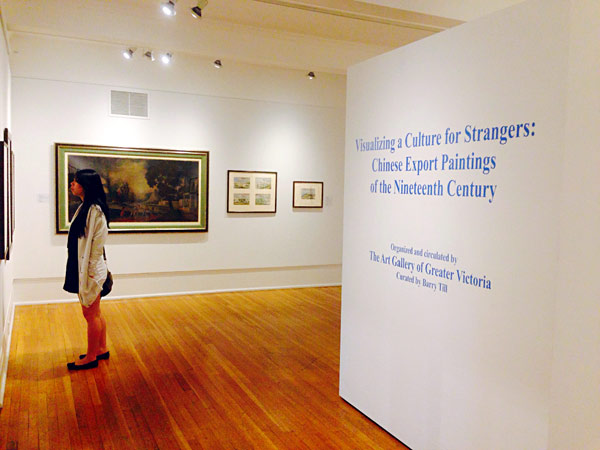 |
|
Gallery visitor Carina Thanabadeepathara studies a nineteenth century Chinese export painting from the collection on Mar 14 at BC's Burnaby Art Gallery. [Photo by Frank Chen/For China Daily] |
A collection of nineteenth century Chinese "export" paintings, depicting the people and landscapes of ancient China, is on display at BC's Burnaby Art Gallery from Jan 30 to Mar 29.
The exhibition — Visualizing a Culture for Strangers: Chinese Export Paintings of the Nineteenth Century — presents an overview of a genre with clear evidence of Western influence on Chinese paintings.
The subject matter portrayed in Chinese exports include landscapes, cityscapes, modes of transportation, clothing styles, flora and fauna, forms of entertainment, festivals, religious processions and layouts of government offices in Beijing and other cities, depicting daily life in the Qing Dynasty.
The show is part of a tour organized by the Art Gallery of Greater Victoria and is curated by Barry Till, curator of Asian art at the Art Gallery of Greater Victoria.
"We are really honored to bring the exhibition to Burnaby," said Jon Tupper, director of the Art Gallery of Great Victoria. "The exhibition examines the cross-cultural exchange of aesthetics, ideas and techniques between China and the West that existed in the nineteenth century."
A couple of paintings done on leaves especially fascinated visitors. Some portraits of ancient Chinese gods were created using Western painting techniques to achieve extremely vivid detail.
Chinese export watercolors flourished in the nineteenth century. The genre was created by Chinese painters who adopted Western oil painting and sketching techniques and combined them with Chinese elements in order to cater to the taste of Western buyers.
Chinese export paintings became very popular in China's Guangzhou (Canton) area, a major port for foreign trade, as Western businessmen regarded Chinese paintings as the perfect souvenir of a visit.
Early Western visitors to China found the traditional, impressionistic Chinese painting style not to their liking. Instead, they preferred realistic, representational paintings that they could better relate to. To meet this demand, Qing Dynasty artists soon learned to incorporate Western realism painting techniques, such as one-point perspective and chiaroscuro, into their artwork.
Before the arrival of photography in China, these paintings served as the only way for Western merchants, traders, sailors and missionaries to learn about the cultural life of China.
Other than being evidence of cultural exchange, many details in the works provide material for studying nineteenth-century Chinese society.
"The exhibition explores a new angle to look at the Chinese art experience. The Chinese export paintings offer unrivalled material for the study of contemporary life in nineteenth-century China before the coming of modern age," said Tupper.
"These Chinese export paintings are unlike any paintings I have seen before," said Carina Thanabadeepathara, a local university student visiting the exhibition. "Most Western style paintings are about natural sceneries, whereas the Chinese paintings focus more on depicting people's daily life."
"For me, it is a fun way to learn Chinese history too," she added.
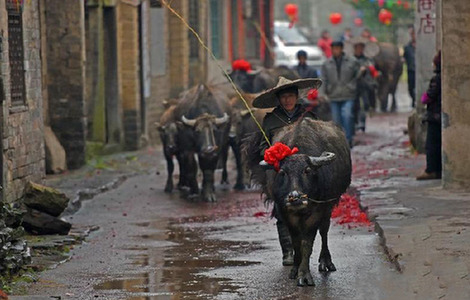
 5 things you may not know about the Spring Equinox
5 things you may not know about the Spring Equinox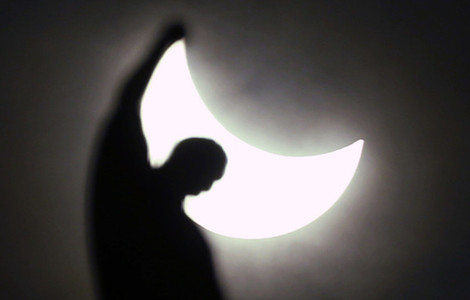
 Solar eclipse wows viewers
Solar eclipse wows viewers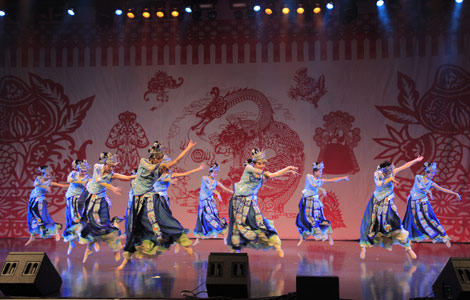
 New Year Carnival thrills Vancouver
New Year Carnival thrills Vancouver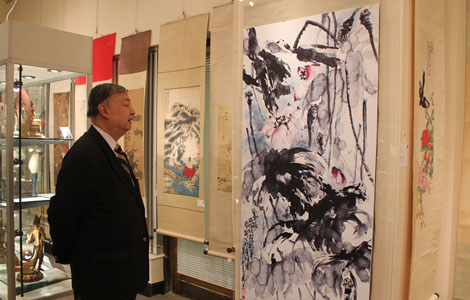
 Across America over the week (from March 13 to 19)
Across America over the week (from March 13 to 19)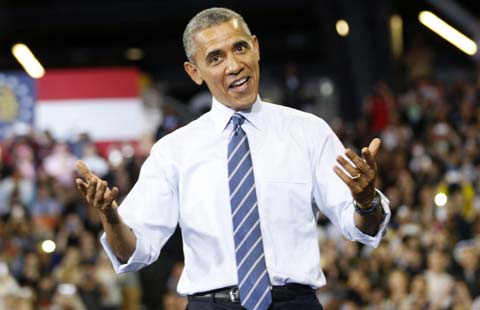
 How much do world leaders earn?
How much do world leaders earn?
 Daredevil ropejumpers leap 200 meter off cliff
Daredevil ropejumpers leap 200 meter off cliff
 Harley motorcade shows up in Boao, Hainan
Harley motorcade shows up in Boao, Hainan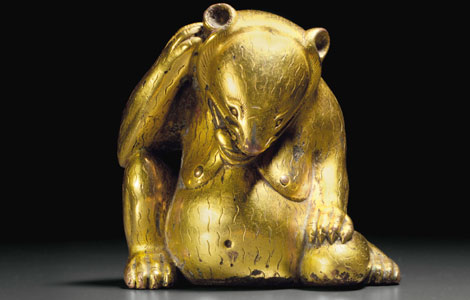
 Ming art sets Christie's high
Ming art sets Christie's high
Most Viewed
Editor's Picks

|

|

|

|

|

|
Today's Top News
Six Western economies apply to join AIIB
US urged to honor pledge
Ex-wife of Chinese fugitive
to be released
China's plan to move from being 83
Investors tour Bay Area
Ex-Chinese official indicted in
money laundering
Yahoo to exit from Chinese
mainland market
Sticking it to the selfie stick as museums ban
US Weekly

|

|







